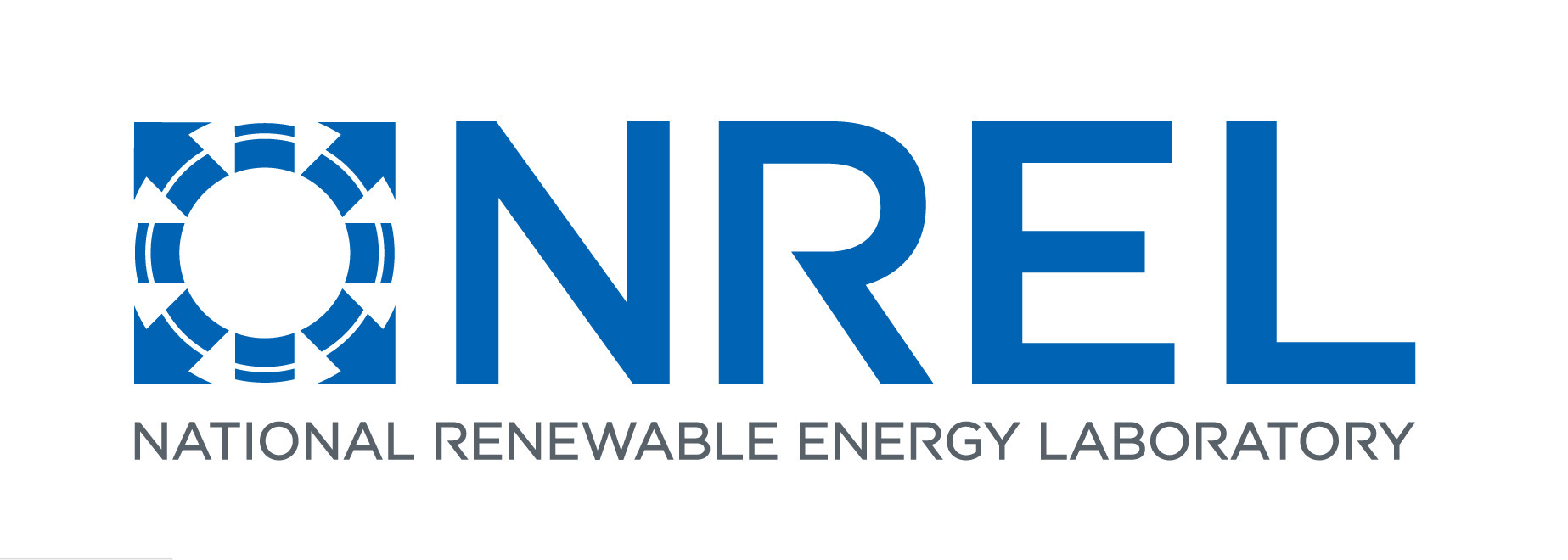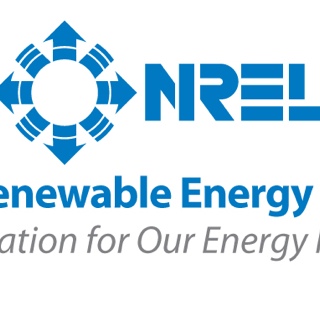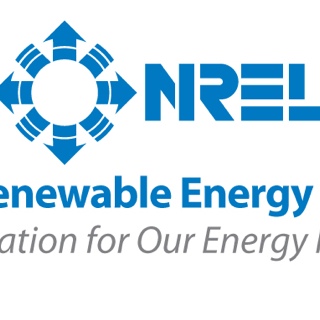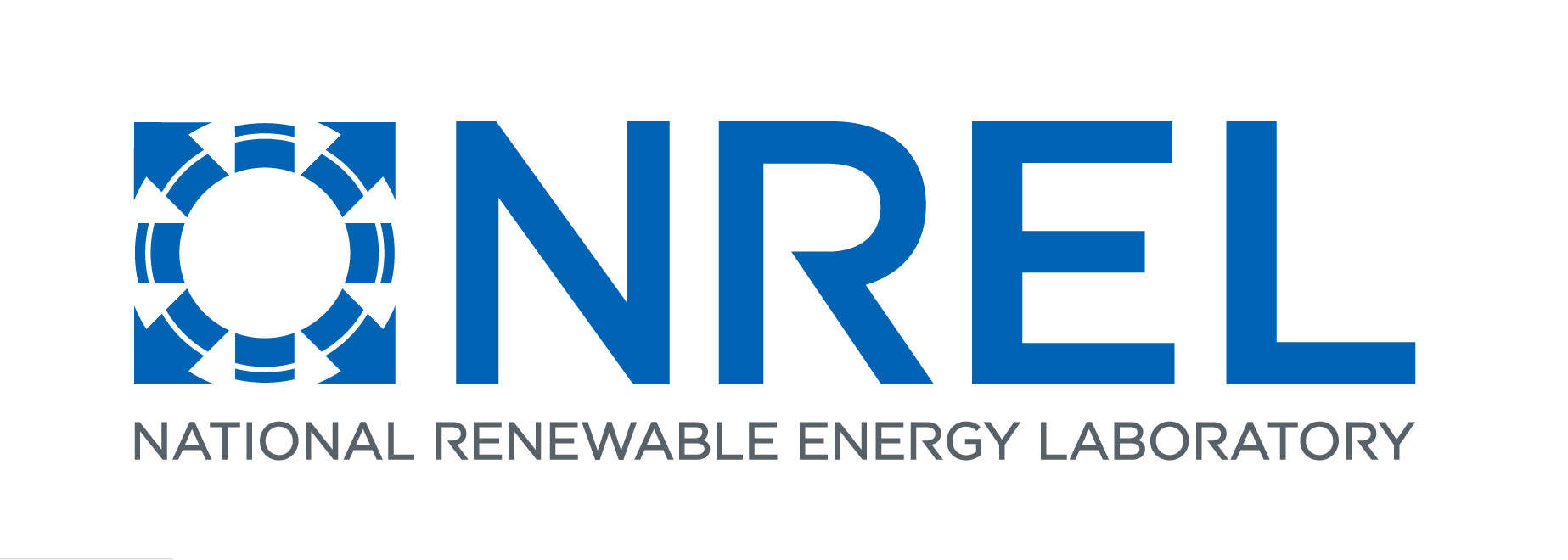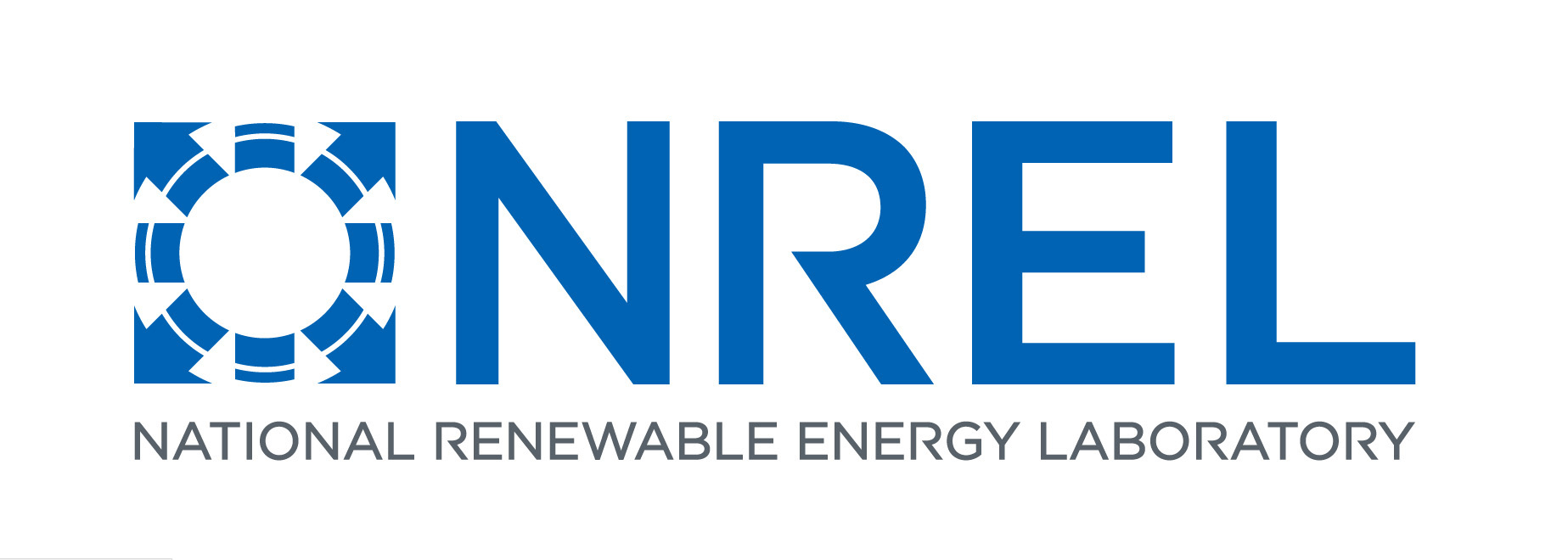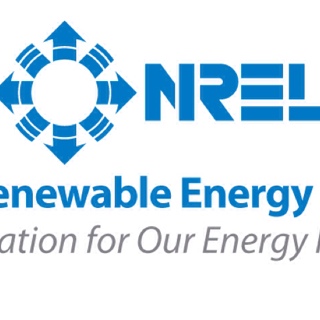Title Page
-
Room/Space
-
Inspected by:
-
Inspection date
-
Requested By:
-
Choose
-
Manufacturer
-
Select manufacture
-
Model #
-
Report Number:
-
Bar code
Electrical Inspection Report
Part 1 - Information
-
Phase
-
Was this a Reputable Manufacturer?
-
Equipment Name and Description of Function:
-
Serial Number (N/A if there is not one):
-
Listing Status:
-
Equipment Status:
Part 2 - External Inspection
-
Enclosure
-
Operator not exposed to any hazard:
-
System Voltage and Number of Phases:
-
Not damaged:
-
Appropriate material:
-
Protects contents from operating environment and an internal fault:
-
Panel interlocks and/or guarding is adequate:
-
Proper voltage, frequency, phasing, and ampacity rating for the plug and cord. Cord cap matches voltage and load. If the cord cap is not of the molded type. Verify that the cord is properly terminated in the cord cap:
-
Cord is not frayed or damaged:
-
Listed strain relief on cord:
Part 3 - Power Source
-
Direct Wired into Facility
-
Verify proper voltage and ampacity for the wiring method:
-
Circuit number and panelboard that feeds equipment is identified:
-
Verify proper over current protection for the equipment branch circuit:
-
Panel schedule updated:
Part 4- External Inspection: Grounding
-
External auxiliary ground:
-
Equipment ground is run with circuit conductors:
Part 5- Marking and Documentation:
-
Hazards marked, including stored energy:
-
Power requirements marked (voltage, current, frequency):
-
Restriction and limitation of use:
-
Make/Model/Drawing number marked:
-
Documentation adequate:
Part 6 - Internal Inspection
-
Internal electrical parts are listed by a NRTL or UL Recognized:
-
Non-listed parts are acceptable for their purpose, well built, a failure will be contained and not cause harm to others or <50 volts:
-
Polarity: the neutral and line are properly terminated and that the neutral is not fused. Exception. Appliance inlet is allowed:
-
Landing of ground is properly terminated:
-
All non-current carrying internal subsystems are properly bonded:
-
Wiring terminal and leads okay:
-
Wire sizes adequate:
-
Listed conductors, if applicable:
Part 7 - Other Internal Issues:
-
Neat workmanship:
-
All non-electrical components are acceptable for their purpose:
-
Free of sharp edges:
-
Adequate cooling:
-
Automatic discharge of high voltage capacitors:
Part 8 - Other Considerations part 2. Secondary Hazards Created by this equipment
-
Are There Secondary Hazards Created By This Equipment? (e.g., RF, IR, UF, and X-ray)
-
Rf Hazards:
-
Sub rf hazards:
-
DC electric or magnetic fields:
-
Light Exposure- IR, visible, or UV:
-
X-rays:
-
Fire, electrical explosion:
-
Are workers protected from these hazards:
Part 9 - Other considerations Failure analysis
-
Adequate to protect the equipment and personnel in the event of a ground fault, short, or overload circuit:
-
Test function of interlock:
Part 10 - Other Considerations Maintenance
-
Necessary working clearances:
Part 11 - Test to Perform
-
All non-current carrying exposed metal is properly bonded and grounded (ground continuity test: less than 1 ohm to ground pin/conductor):
-
Perform functional test of GFCI's, GFED, EMO and EPO:
Part 12 - Approval
-
Equipment complies with the NFPA 70E, 70, 79 and the NREL LLP for Electrical Safety:
-
Is there a condition of use? (Include all designer/builder instructions, drawings, or information that is relevant to the safe installation and use of this equipment. Attach additional sheets as necessary.)
-
Equipment Name and Description of Function
-
Serial Number
-
Enter serial number
-
Listing Status
-
Equipment Status
Part 2 - External Inspection
-
Enclosure
-
Operator not exposed to any hazard:
-
System Voltage and Number of Phases
-
Not damaged:
-
Appropriate material:
-
Protects contents from operating environment and an internal fault
-
Panel interlocks and/or guarding is adequate
-
Proper voltage, frequency, phasing, and ampacity rating for the plug and cord. Cord cap matches voltage and load. if the cord cap is not of the molded type. Verify that the cord is properly terminated in the cord cap
-
Not frayed or damaged:
-
Listed strain relief on cord
Part 3 - Power Source
-
Direct Wired into Facility
-
Verify proper voltage and ampacity for the wiring method
-
Circuit number and panelboard that feeds equipment is identified.
-
Verify proper over current protection for the equipment branch circuit
-
Panel schedule updated
Part 4- External Inspection: Grounding
-
External auxiliary ground (termination adequate):
-
Equipment ground is run with circuit conductors:
Part 5- Marking and Documentation:
-
Hazards marked, including stored energy:
-
Power requirements marked (voltage, current, frequency):
-
Restriction and limitation of use:
-
Make/Model/Drawing number marked:
-
Documentation adequate:
Part 8 - Other Considerations part 2. Secondary Hazards Created by this equipment
-
Are There Secondary Hazards Created By This Equipment? (e.g., RF, IR, UF, and X-ray)
-
Rf Hazards
-
Sub rf hazards:
-
DC electric or magnetic fields:
-
Light Exposure- IR, visible, or UV:
-
X-rays:
-
Fire, electrical explosion:
-
Are workers protected from these hazards:
Part 9 - Other considerations Failure analysis
-
Adequate to protect the equipment and personnel in the event of an ground fault, short or overload circuit
-
Test function of interlock
Part 10 - Other Considerations Maintenance
-
Necessary working clearances:
Part 11 - Test to Perform
-
All non-current carrying exposed metal is properly bonded and grounded (ground continuity test: less than 1 ohm to ground pin/conductor):
-
Perform functional test of GFCI's, GFED, EMO and EPO
Part 12 - Approval
-
Equipment complies with the NFPA 70E, 70, 79 and the NREL LLP for Electrical Safety.
-
Is there a condition of use? (Include all designer/builder instructions, drawings, or information that is relevant to the safe installation and use of this equipment. Attach additional sheets as necessary.)
Attachments
-
Place additional attachments here. (Mark disapproved if this attachment is a fail that couldn't be captured above)
-
Result
-
PLEASE SET UP A RE-INSPECTION WHEN CORRECTIONS HAVE BEEN COMPLETED. APPROVAL IS REQUIRED BEFORE USE. Electrical Inspection Request @ https://forms.nintex.com/FormHost.aspx?id=sF-RSbROQ1b5IhoTx-rRHidHoAk_4H2YXHUYYFgJVxdtOsdRQeWMQ61tw_pAXoUsLkBVjU5hPu8VzB24wpSJC4XNT9aC0htzSvA6m8HVGnSIrYgnO6X_nBPnQAYK060T
-
IF THIS EQUIPMENT IS MODIFIED, DAMAGED, OR UTILIZED FOR OTHER THAN THE INTENDED USE STATED ABOVE, THIS APPROVAL IS VOID, PENDING RE-EXAMINATION.
-
Inspector
